Like many other countries around the globe, Canada has long sought to end the sale of new ICE vehicles in the coming years, a move that comes amid concerns over how those types of vehicles negatively impact the environment. As for Canada, its rules mandate a 20 percent zero emissions sales mix for the 2026 model year, then 60 percent in 2030, and 100 percent in 2035. Ford Canada CEO Bev Goodman publicly called for that policy to change roughly one month ago, and now, that’s precisely what has happened – at least, in a specific province.
According to Automotive News, the province of Quebec, Canada will now include hybrids in its definition of zero-emissions vehicles, a move attributed to “new market realities,” said Environment Minister Benoit Charette. That particular part of Canada imposed even stricter rules than its parent country back in 2018, which call for a 32.5 percent sales mix of zero-emissions light-duty vehicle sales in the 2026 model year, a figure that grows to 85 percent in 2030 and 100 percent in 2035.
Certain types of vehicles get more credit than others under these mandates, as pure EVs receive a full credit, while plug-in hybrids with over 80 kilometers (50 miles) of all-electric range receive a half-credit – plus, automakers that don’t meet their targets can buy credits from peers. Regardless, Quebec has found itself in a bit of a conundrum, as ZEV sales only accounted for 13.2 percent of the overall market in Q1 2025. Thus, regular hybrids will now receive a half credit, while PHEVs with the aforementioned higher EV range will increase to one credit, with lesser models getting a half credit.
Officials left open the possibility that Quebec’s ZEV rule could be revised in other ways to meet slower consumer demand, but declined to share specifics regarding what that might entail. In any event, EV sales in Canada dropped dramatically following the end of that country’s Zero-Emission Vehicles (iZEV) program earlier this year – 44.9 percent year-over-year in March – going from 22,390 in 2024 to 12,347 – two months after the iZEV program stopped dispersing funds. That’s a bit steeper than February, when EV sales declined by 41.3 percent, and new zero-emissions vehicle sales also lost market share in March – comprising 6.5 percent of overall new vehicle sales, compared to 6.8 percent the month prior.

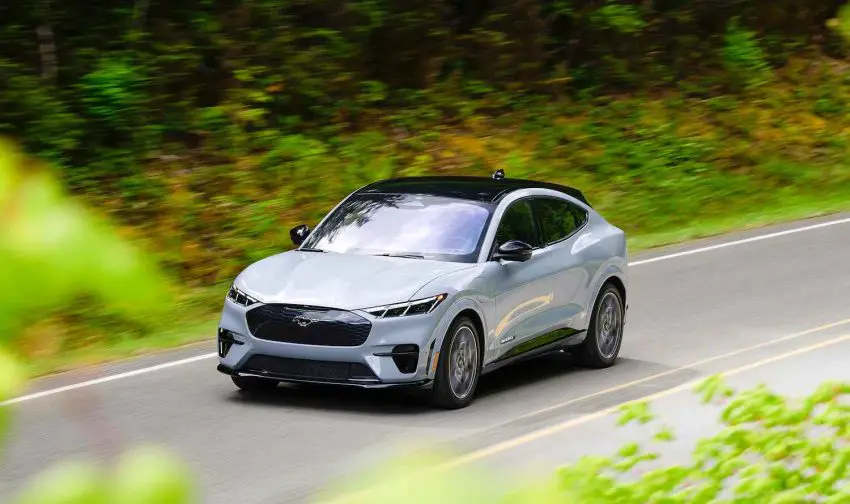

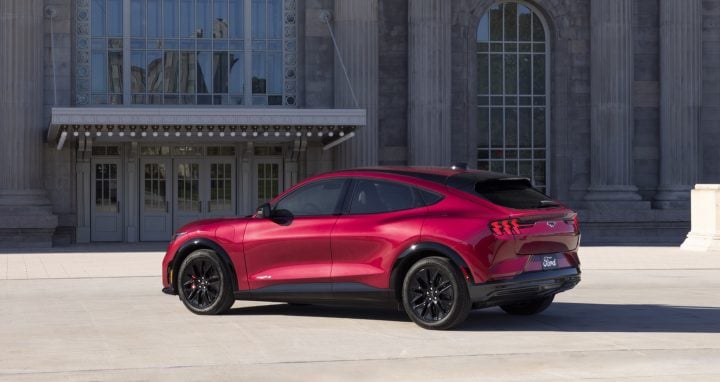




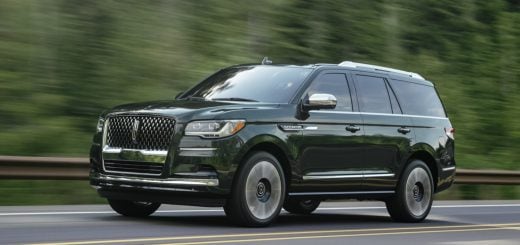
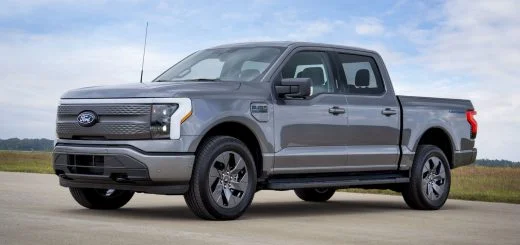





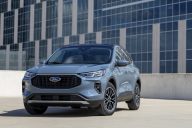

No Comments yet